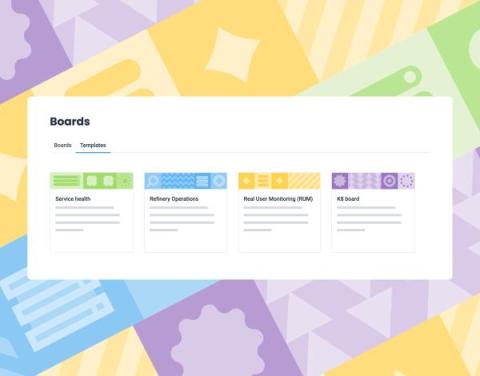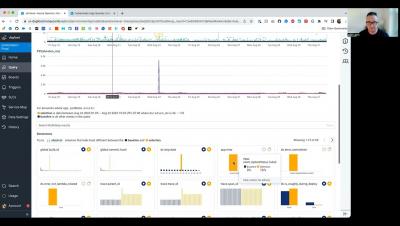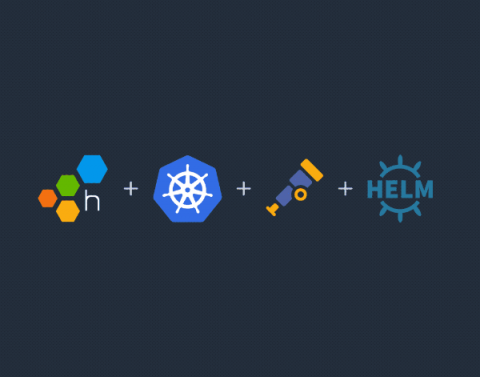What Is a Feature Flag? Best Practices and Use Cases
Do you want to build software faster and release it more often without the risks of negatively impacting your user experience? Imagine a world where there is not only less fear around testing and releasing in production, but one where it becomes routine. That is the world of feature flags. A feature flag lets you deliver different functionality to different users without maintaining feature branches and running different binary artifacts.










